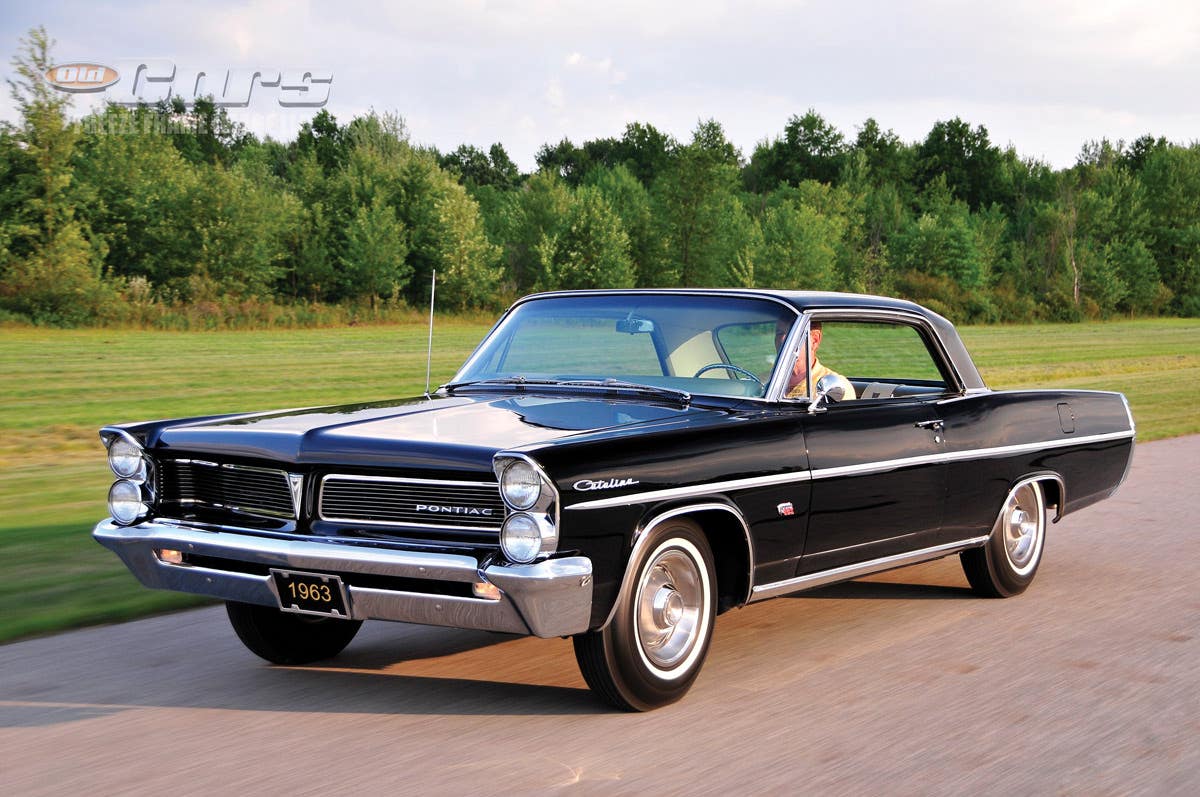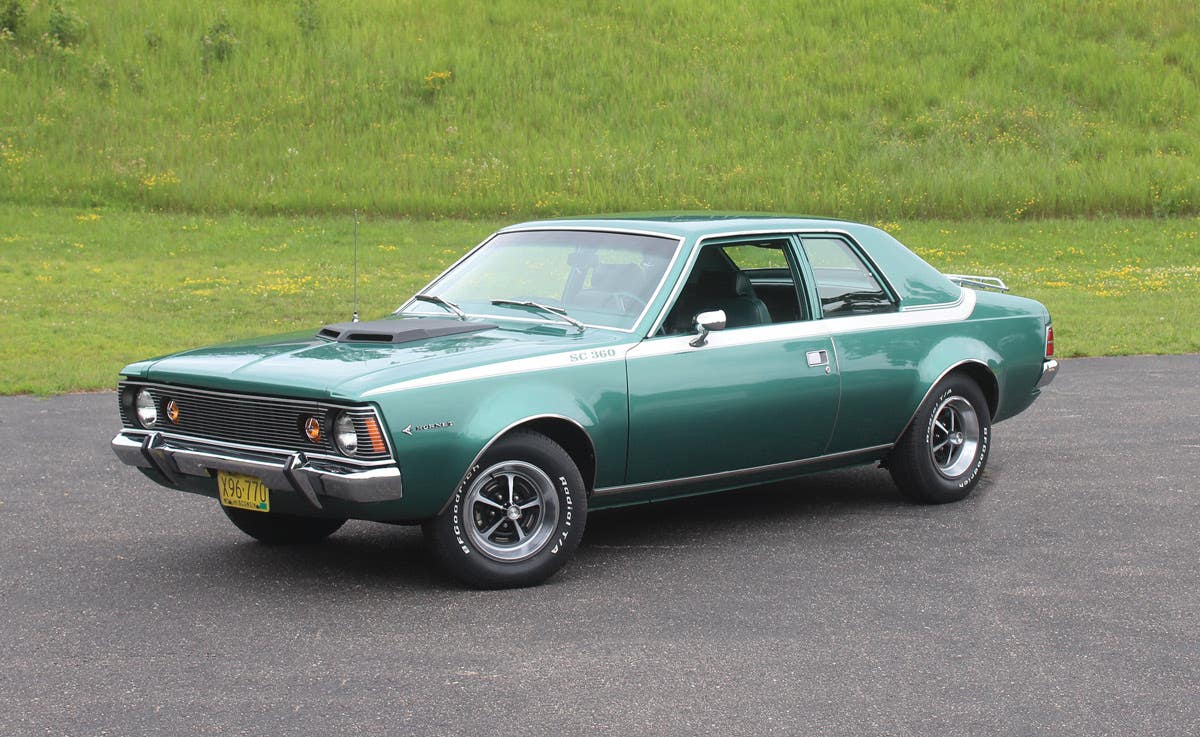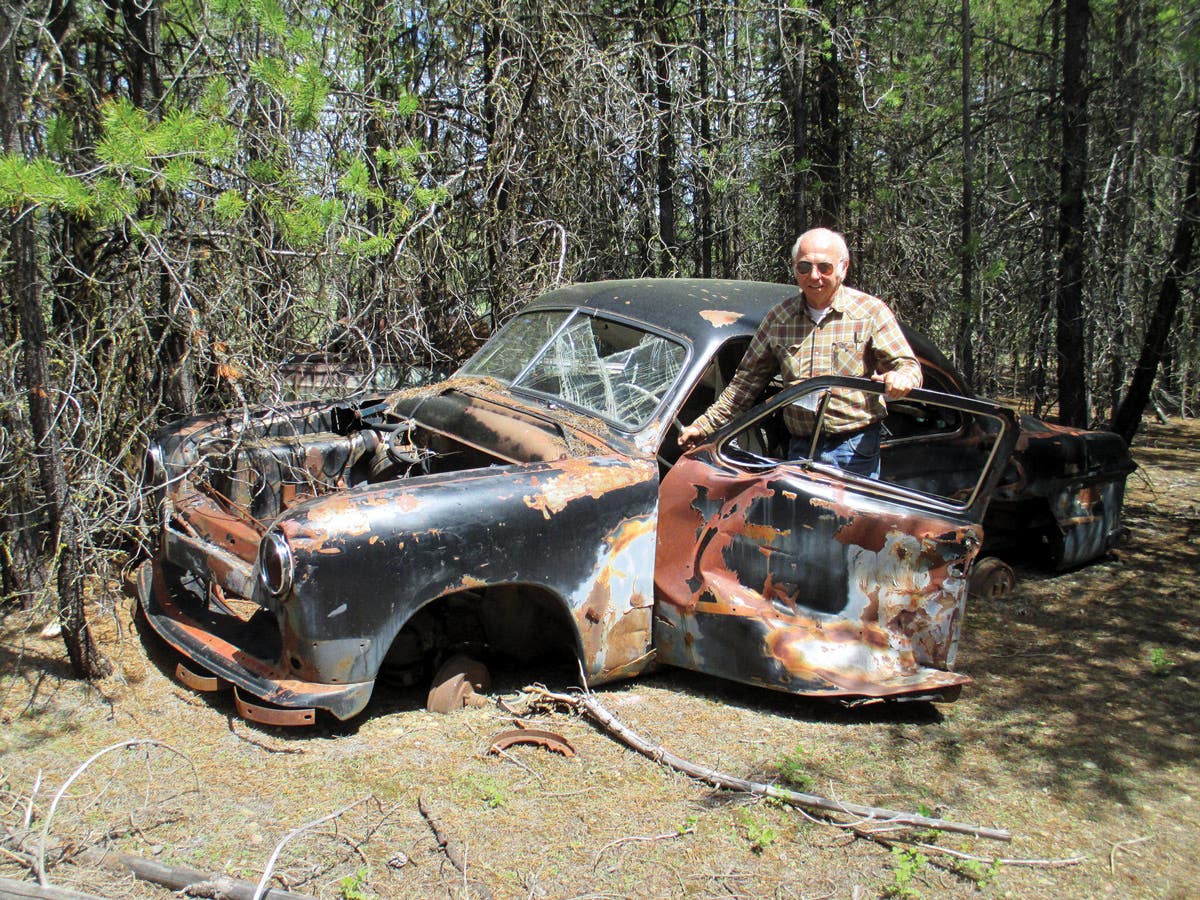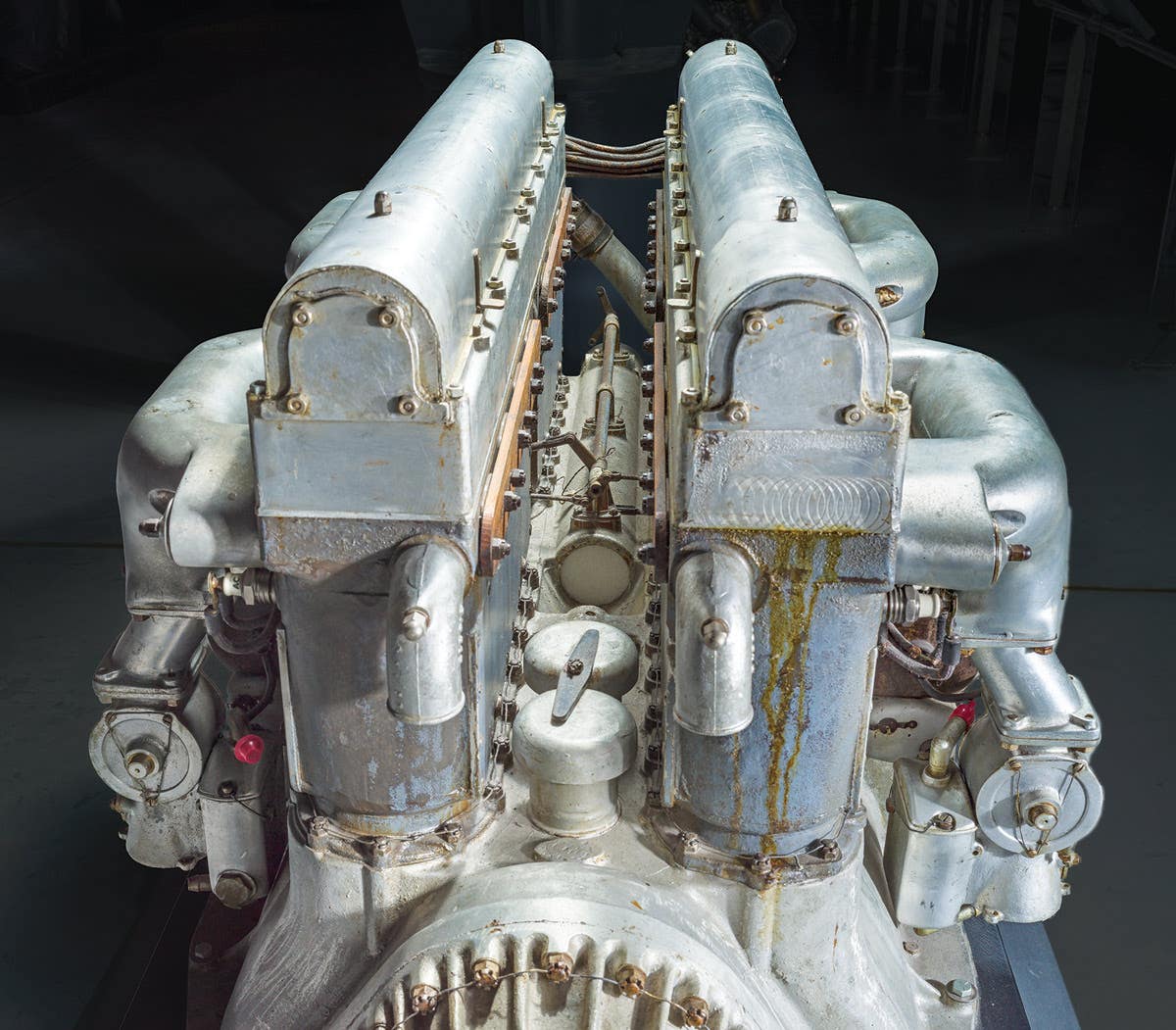Q&A with Kit Foster: June 26, 2014
Q. Regarding prewar cars with power windows, I believe that the 1942 Lincoln Continental had them, and I believe that they were vacuum-operated. The Sam Pack museum has a 1942…
Q. Regarding prewar cars with power windows, I believe that the 1942 Lincoln Continental had them, and I believe that they were vacuum-operated. The Sam Pack museum has a 1942 Continental Convertible and they list power windows on it.
— Red Frese, Tulsa, Okla.
A. Indeed you’re on the right track. In fact, Lincoln had them a bit earlier. Read on.
-------------------------------------------------------------
Q. In the May 8 Q&A you ask if readers can point out earlier examples of power windows than those you cite: 1946 Ford Sportsman, etc. I can: 1942 Lincolns had ’em. Lincoln-Zephyr convertible coupes had what the owner’s manual called “Electro-Hydraulic Regulators,” which raised and lowered door windows by hydraulic cylinders. The tops on these cars went up and down by the same means, but it is little remembered nowadays as the ’42 Zephyr convertibles were very few in number: only 101 of them.
Lincoln Customs in 1941 also had electro-hydraulic power windows. The salesman’s Reference Book for 1941 Lincolns says, in listing standard equipment: “Push button type door latches, (inside only), electro-hydraulic window lifts, electrically operated front seat adjustment in the Sedan, drop type partition in the Limousine (operated with electro-hydraulic lift)…” etc.
The Lincoln Customs were newly introduced for 1941 on a 138-inch wheelbase, offering both a limousine with divider window and a sedan, which was about the same as the limo less the divider. Only 295 limos and 355 sedans were built, so these cars with power windows were not numerous by any means, but the feature was standard on the few cars made.
Lincoln Continentals and Lincoln Custom limousines and sedans for 1942 both used vacuum window regulators. There was a vacuum cylinder in each door, with a control button on the side of the door to operate it. Lincoln-Zephyr closed body types could also be ordered with vacuum windows at extra cost, and a few were. The problem was that these so-called “automatic window lifts” didn’t work very well. It seems Trico developed the system, and actually produced two different configurations during the short run of 1942 car production. The first system proved so unreliable that an improved one had to be substituted during the model run, and even the latter one didn’t work properly all the time.
While we are not certain about it, it does appear that a few cars that were supposed to have vacuum windows lifts were produced with 1941-style cranks instead, or at least there are parts in the 1942 Lincoln Body Parts Lists to suggest that. Nowadays, hardly anyone owning a ’42 Lincoln that is supposed to have vacuum windows can make them work, so most owners use either hand-crank regulators or switch to some more reliable means.
When auto production resumed after World War II, Lincoln had no more to do with those troublesome vacuum lifts. They went straight to the hydraulic lift system, which, together with the push-button door openers, in and out, made great luxury features for 1946.
— David L. Cole, Santa Maria, Calif.
A. David Cole is former editor of The Way of the Zephyr, magazine of the Lincoln-Zephyr Owners Club. He’s also well-known and respected in early Ford V8 circles. The extended-wheelbase 1941 Lincoln Custom was intended to fill the luxury gap left after the big Model K Lincolns were discontinued. The Custom continued into 1942, but was never revived after the war. In fact, the next Lincoln to be offered as a true limousine didn’t arrive until 1959.
-------------------------------------------------------------
Q. For many years I owned a 1941 Packard 180 Touring. It had hydraulically operated windows from a power source under the front seat. What a wonderful riding and driving automobile.
— J. Bernard Deerhake, Lima, Ohio
A. We also heard from Bob Bliss, of Monroe Township, N.J., who confirms that power windows were standard on all 1941 Packard 180 sedans, along with power-operated partition windows on limousines and formal sedans. He states “I do not believe that, unlike air conditioning, which was optional on all series that year, that they were available in the 110, 120 or 160 series.”
-------------------------------------------------------------
Q. In your May 8 issue the question was, basically, does anyone know when power windows were first used in automobiles? During World War II, around 1943, my parents had friends with a 1941 Chrysler Imperial. I remember it as a huge car compared to our 1940 Chevy. That Chrysler had power windows, with four switches on top of the dashboard in the center. There were no window levers in the doors.
— James L. Johnston, Santa Ana, Calif.
A. So now we’ve had reports on pre-war power windows on Lincolns, Packards and Chrysler Imperials. So when did Cadillac first offer power windows?
To submit questions to this column: E-mail angelo.vanbogart@fwmedia.com or mail to: Q&A, c/o Angelo Van Bogart, 700 E. State St., Iola, WI 54990-0001.
Got Old Cars?
If you don't subscribe to Old Cars Weekly magazine, you're missing out on the only weekly magazine in the car hobby. And we'll deliver 50 issues a year right to your mailbox every week for less than the price of a oil change! Click here to see what you're missing with Old Cars Weekly!
More Resources for Car Collectors:
- Classic car price guides, research, books, back issues of Old Cars Weekly & more
- Get expert restoration advice for your classic car
- Get car pricing, data and history all in one place
- Sign up for Old Cars Weekly's FREE email newsletter
- Need to buy or sell your classic car? Looking for parts or memorabilia? Search our huge online classified marketplace








